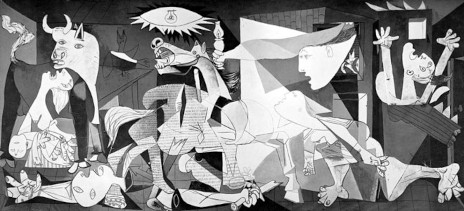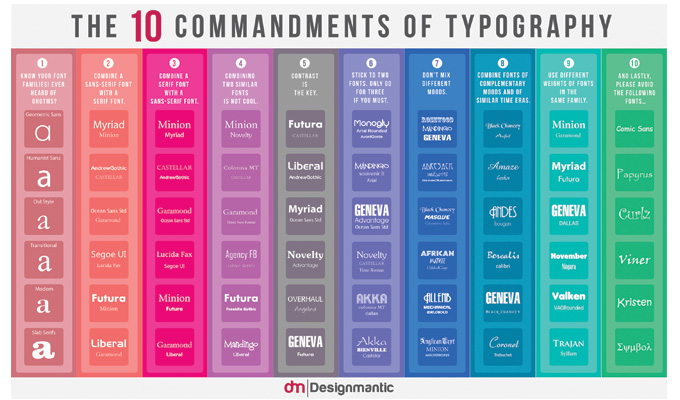The following pictures are part of the process that eventually led to the final outcome. There was some experimentation with the V shape, but for some reason it didn't look like a bank note, but like a voucher or something else. The priority is to make the design easily associated with the idea of a bank note.
To enhance this feeling, I followed this tutorial, and customised the technique to this piece of work. As background, I first tried with some Picasso's pieces of art, the Picasso's museum in Malaga, but there was too much going on. I wanted to implement cubism somehow, so I used a very simple design I was able to find on internet and modified it in colours, shapes, shades, lights, etc to make it fit as I intended to.
To enhance this feeling, I followed this tutorial, and customised the technique to this piece of work. As background, I first tried with some Picasso's pieces of art, the Picasso's museum in Malaga, but there was too much going on. I wanted to implement cubism somehow, so I used a very simple design I was able to find on internet and modified it in colours, shapes, shades, lights, etc to make it fit as I intended to.
The Allegory remained in the center as I first planned as that is a usual practice of designers to leave an icon in the middle, and it was important to keep that bank note feeling. The colours were intended to stay, as she is carrying the flag of the republic, but as these colours were in the colour swatch, it was a little bit redundant to leave them. The Allegory is the piece of the bank note that would remain in other bank notes of the same kind, and picasso is the protagonist in this particular one, therefore it needs to be portrayed occupying more space than the Allegory.










Elements used. It was incredibly hard to find copyright free images in high quality.






























